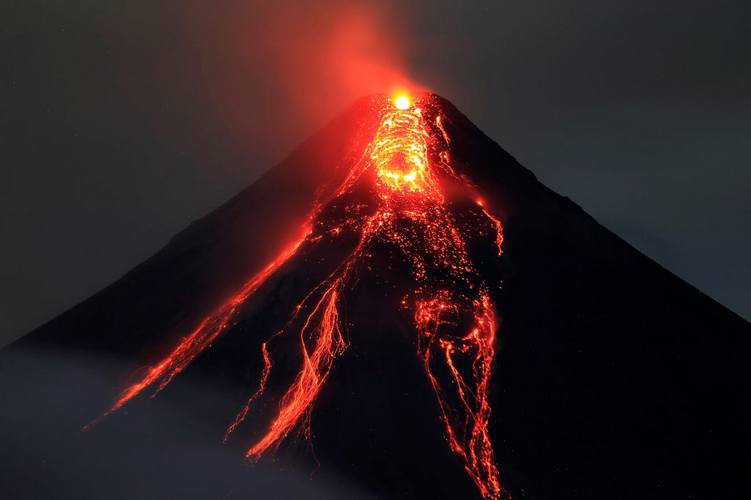The GeoBox program provides lending kits developed by BSU’s Geoscience department. Each GeoBox includes lessons and geologic specimens on loan through the department. Teachers can check out a box for a period of time, complete the lesson with their classes, and then return materials so others can enjoy these resources. Standards-aligned lesson plans are included with each GeoBox, along with materials needed to complete the lesson. Available GeoBoxes are described below.
If you are interested in checking out a GeoBox, please submit a request via the GeoBox registration form.
Accordion Content
Fun with Fossils (Grades K-3)
This GeoBox lesson allows students to discover how plants and animals become fossils. They will learn that fossils can tell us which animals used to live on Earth. Included in this lesson are the book, Fossils Tell of Long Ago, fossil specimens, laminated photos of fossils, hand lenses, and a lesson plan. View the Fun With Fossils lesson plan.
Shapes in Nature (Grades K-2)
This lesson introduces the ideas that 3-D shapes occur throughout nature. Students will get to see and touch minerals in their pure crystal form. They will see that crystals form many of the shapes they are learning about! They will see minerals shaped in cubes, hexagonal prisms, tetrahedrons, rectangular prism, rhomboids, and even a dodecahedron (12 sides). Students will also get to practice making model crystals as well as explore a book showcasing more beautiful and unique 2-D and 3-D shapes found in nature. View the Shapes in Nature lesson plan.
What's the Scoop on Dirt? (Grades K-3)
This lesson is presented as a hands-on approach to learning the components of soil. Students will get their hands dirty exploring soil and discovering firsthand why each component of soil is important for keeping the soil and our plants healthy. Students will look closely at a scoop of soil to discover the living, non-living, and once living parts. They will then practice stewardship and discuss the things we can do to keep our soils healthy. View the What's the Scoop on Dirt lesson plan.
Anatomy of a Volcano: Mt. St. Helens (Grades 4-6)
Through use of this GeoBox, students will learn about Stratovolcanoes and the eruption of Mt. St. Helens in 1980. Students will also learn how craters (a common feature of these volcanoes) form. Included in this box are 3-D printed models of Mt. St. Helens from before and after it’s eruption, samples of volcanic rocks (tuff, pumice, andesite), laminated photos of Mt. St. Helens and its eruption, crater formation demo, and a lesson plan. View the Anatomy of a Volcano: Mt. St. Helen's lesson plan.
It’s Not Easy to be a Fossil (Grades 4-6)
Through the use of this GeoBox, students will discover and identify the different types of fossils. They will also make their own imitation fossil to take home! Included in this box are fossil specimens, laminated photos of fossils, hand lenses, materials to make different types of imitation fossils, and a lesson plan. View the It's Not Easy to Be a Fossil lesson plan.
Volcanoes and Viscosity (Grades 4-6)
In this lesson students will discover that not all volcanoes look the same! And that not all magma is the same either! Here they will learn about viscosity of liquids and relate it to volcanoes. They will discover that different magma compositions are what determine the shape and eruption style of a volcano which is mostly due to the magmas viscosity. Students will perform an experiment that teaches about the relative viscosity of different liquids. They will then use that knowledge and apply it to volcanoes. Included in the kit is: Volcanic rock samples (Pahoehoe Basalt, A’a’ basalt, Olivine basalt, Rhyolite, Andesite, Tuff, pumice, obsidian), all materials to conduct viscosity experiment, magnifying glasses, laminated photos and diagrams, and suggested lesson plan. View the Volcanoes and Viscosity lesson plan.
Weathering and Erosion (Grades 4-6)
In this lesson students are provided with hands on experiments that teach about the different types of erosion. Students rotate through four stations, with each station providing an experiment regarding one type of erosion. Students fill out a science journal along the way. Teachers then lead a discussion on which types of erosion were most powerful and ways in which we can slow or stop erosion from happening in areas that would impact human activity. View the Weathering and Erosion lesson plan.
